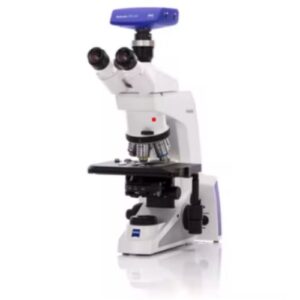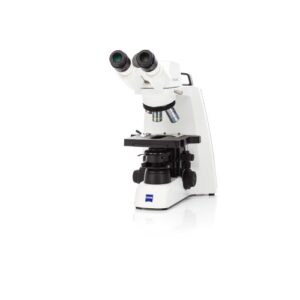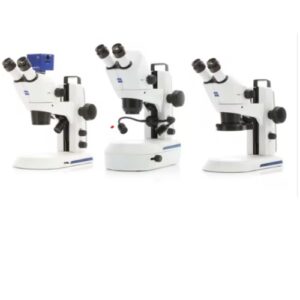Source: Unsplash
Have you ever made a nice cup of warm tea on a rainy day and thought: “I wonder if this herbal tea has been authenticated by microscopic analysis?” No, just me? Ok… you’re probably not thinking that, but it’s a good thing you don’t because you never had to — someone else has already thought of that for you. Herbal and botanical products such as tea are becoming huge industries in the US. The global herbal medicine market size was estimated to be $83 billion in 2019 and is expected to reach $550 billion by 2030. But where do we draw the line between sensational marketing tactics and verifiable results? Microscopic authentication of herbal products can help detect accidental contamination or intentional, economically motivated adulterations of herbal products. Let’s take a closer look at the process.
How is microscopic authentication used commercially?
To be clear, microscopic authentication is one of many authentication processes used to keep our food safe and honest. However using microscopes does have some competitive advantages compared to other methods. Microscopy has long been used to identify herbal products in many countries because of its advantages of small amount of sample needed, speed, reliability, simplicity, and low costs. So what are scientists looking for exactly? In short: very specific morphological, anatomical, and microscopic characteristics. Between the huge breadth of botanical products, some species may look identical, and only a trained eye with the right tools will be able to detect filler products or contaminated goods.
What were the findings?
The results of microscopic authentication may certainly raise some eyebrows. A global analysis of nearly 6,000 herbal products sold in 37 countries has revealed that 27% of the products contain undeclared contaminants, substitutes, or filler species. In another study, the overall authenticity of the microscopically authenticated commercial herbal products from the global marketplace was 59%, while the rest of 41% were found to be adulterated. Those are not insignificant results, especially when applied to a global scale. The best protection consumers have is multiple authentication methods, microscopic authentication included. So next time you’re sipping your tea, know that microscopes have played their part in keeping herbal products safe and honest.
Stay tuned for more industry news or contact our sales team for inquiries.
Citation: Ichim MC, Häser A, Nick P. Microscopic Authentication of Commercial Herbal Products in the Globalized Market: Potential and Limitations. Front Pharmacol. 2020 Jun 9;11:876. doi: 10.3389/fphar.2020.00876. PMID: 32581819; PMCID: PMC7295937.




